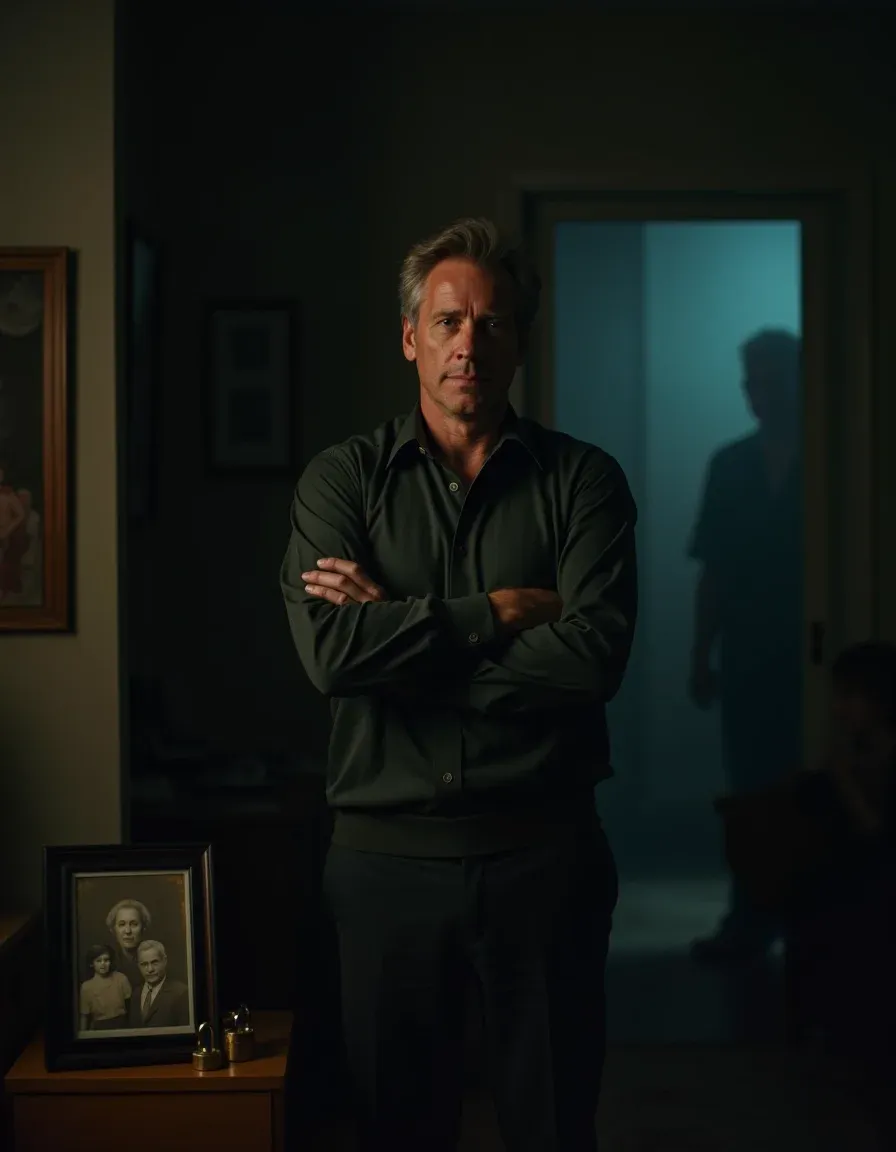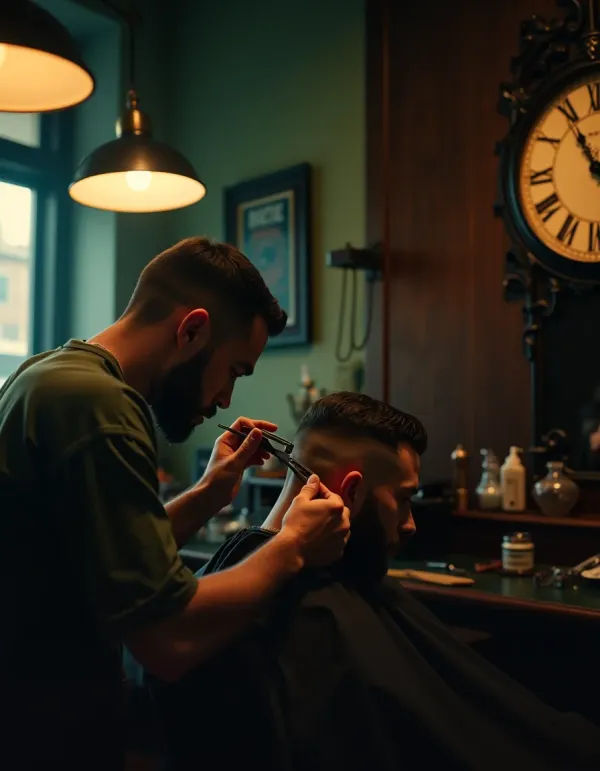When Family Pressure Meets a Dangerous Past
Your mom wants a reunion with a brother who harmed children. You’re torn between protecting your peace and family pressure. Read practical steps to keep yourself safe, set firm boundaries, and act if a child may be at risk.

The question: Your mom wants you to reconnect with a brother you cut off 20 years ago. His history includes serious, child-related offenses. He now has kids, your mom wants the family back together, and you’re torn. Are you obligated to reconcile? What about his children? How do you protect yourself—and your peace?
First things first: safety beats sentiment
Some people say, “Family is everything.” But when there’s a history of harm—especially involving children—safety comes first. There’s no statute of limitations on how that impacts trust. If your gut says, “This isn’t safe,” listen to it.
For context on the lifelong impact of abuse, see Child sexual abuse. Pressure to reconcile can be strong, but estrangement is sometimes the healthiest boundary. More on that here: Family estrangement.
You have the right to say “no”
It’s okay—and often necessary—to refuse contact. Some people keep a firm no-contact boundary for life. That doesn’t make you cruel; it makes you responsible. Forgiveness (if you ever want it) isn’t the same as reconciliation. You can work on healing without reopening access. Read about the difference here: Forgiveness.
What about his kids?
You’re not obligated to be an aunt, savior, or supervisor. Your first duty is to your safety and mental health. If you have reasonable concern that a child is currently at risk, consider contacting local child protective services or consulting a professional who’s a mandated reporter. If you don’t have present-tense concerns, it’s also okay to keep distance and decline involvement.
If you ever consider limited contact
Some people only consider any contact if there’s real accountability and strict safeguards. That typically looks like:
- Documented accountability: verifiable treatment, assessments, and acceptance of responsibility.
- Third-party structure: contact only in therapeutic or supervised settings, never privately.
- Hard boundaries: no access to your home, your kids (if any), or your personal information.
- Exit plan: one boundary crossed = immediate no-contact restored.
- Support: your own therapist to help you hold the line.
Note: “Making amends” is not a coffee and a hug. In models like restorative justice, the person who caused harm takes responsibility, centers victims’ needs, and accepts meaningful limits. Without that, there’s nothing to discuss.
Talking to your mom
You can love your mother and still protect yourself. Keep it simple and firm:
“Mom, I love you. Because of his history, I won’t have a relationship with him. If he’ll be at an event, I won’t attend. This isn’t up for debate, and it isn’t about punishing anyone—it’s about safety and my mental health. You’re free to make your choices; these are mine.”
If she keeps pushing, repeat the boundary and change the subject. Consistency teaches people how to treat you.
Grief without guilt
It’s normal to grieve the family you wish you had. Let yourself mourn that. Some people find healing in personal forgiveness work; others don’t—and that’s okay. Your peace doesn’t require you to open the door to someone who proved unsafe.
The bottom line
- You don’t owe reconciliation, ever—especially where children and safety are concerned.
- Boundaries aren’t cruelty; they’re care for yourself and potential victims.
- If you suspect current harm, act responsibly using local resources and mandated reporting channels.
- If you don’t, you’re still allowed to stay no-contact and move on.
Your job isn’t to fix the past. It’s to protect your present.




